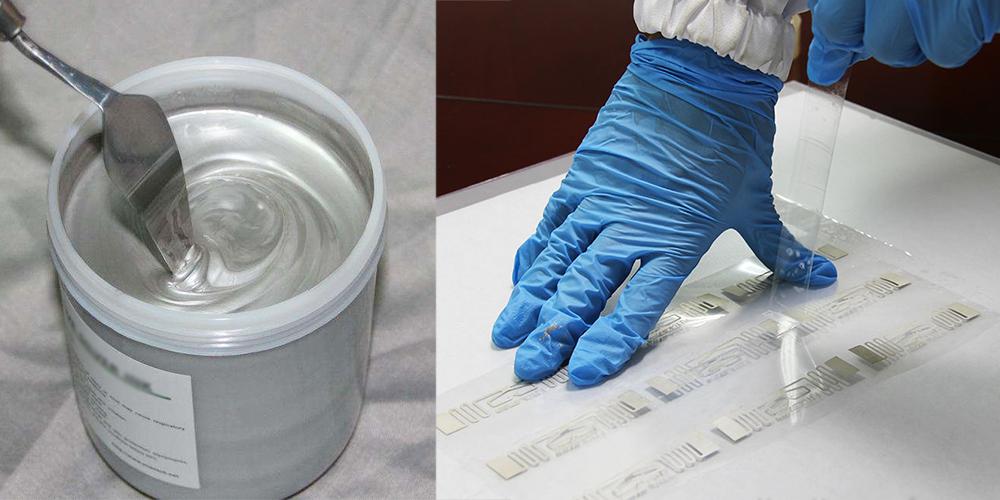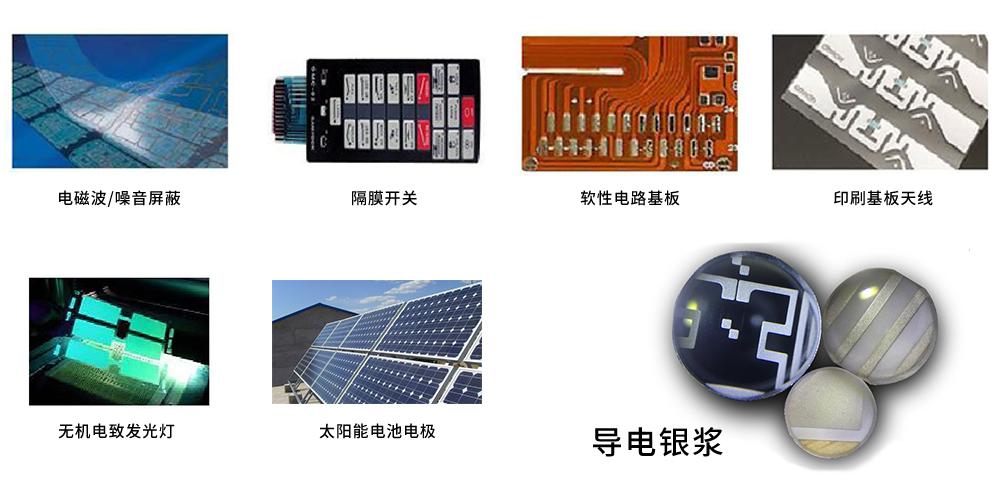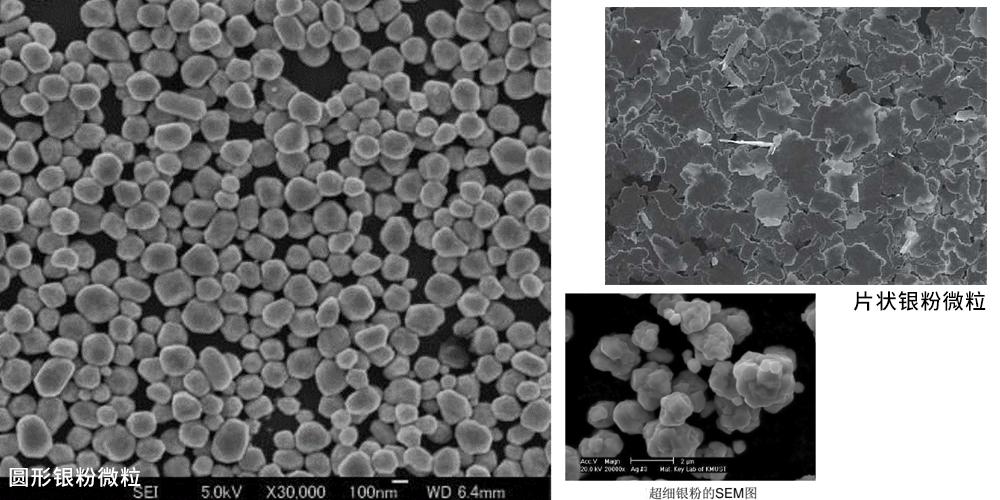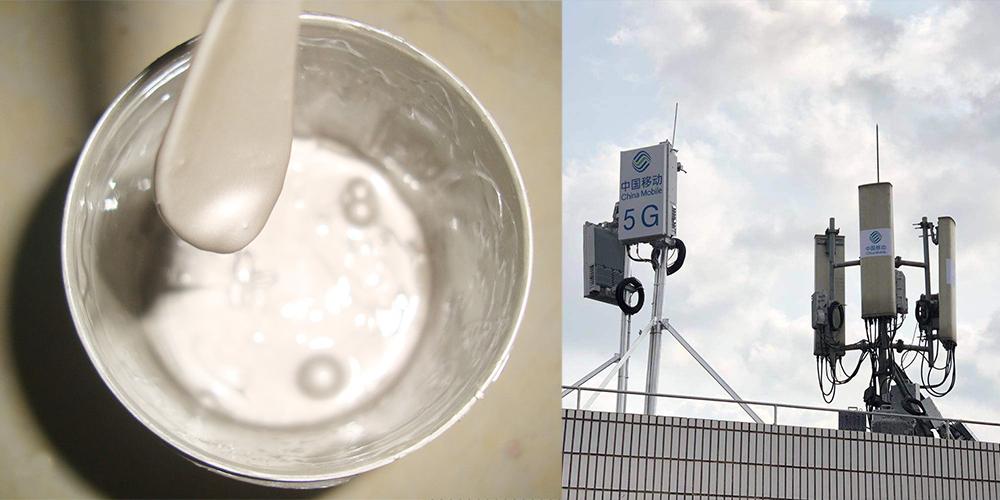Publisher: Hunan Zhongrui New Material Technology Co., Ltd. Time:2022-8-29 14:42:02
With the recent fiery momentum of new infrastructure in the seven core industries led by 5G infrastructure, the new infrastructure will bring about a surge in the number of 5G base station constructions, and 5G ceramic dielectric filters, the key components of 5G base stations, are also expected to usher in a big explosion. The conductive silver paste is the key material of the 5G ceramic dielectric filter, and its quality directly affects the performance and service life of the device. According to the forecast of research institutions, the number of base stations in the world in the 5G era is nearly 8.5 million. According to the estimation of 3 antennas per base station and 64 filters per antenna, the demand for dielectric filters is 1.6 billion, and the global market capacity of ceramic dielectric filters is about 56.6 billion. Yuan. It can be seen that the market prospect of conductive silver paste should not be underestimated.

In short, conductive silver paste refers to the silver paste that is printed on the substrate so that it has the ability to conduct current and eliminate accumulated static charges. It is generally printed on non-conductive substrates such as plastic, glass, ceramics and cardboard. Conductive silver paste is composed of conductive phase silver powder, binder, solvent and trace additives to improve performance. It can be divided into polymer conductive silver paste and sintered conductive silver paste. The difference between the two lies in the different binding phases. The sintered conductive silver paste uses low-melting glass powder as the binder phase, and is sintered to form a film at a temperature above 500°C.

The conductive silver paste product integrates metallurgy, chemical industry, and electronic technology. It is a high-tech electronic functional material. It is mainly used to make thick film integrated circuits, resistors, resistor networks, capacitors, MLCCs, conductive inks, solar cell electrodes, LEDs, printed and high-resolution conductors, membrane switches/flex circuits, conductive adhesives, sensitive components and other electronic components, etc.

Metal silver powder is the main component of conductive silver paste, and its conductive properties are mainly realized by silver powder. The content of silver powder in the paste directly affects the electrical conductivity. In a sense, high silver content is beneficial to improve its conductivity, but when its content exceeds the critical volume concentration, its conductivity cannot be improved. The content of silver in the silver paste is generally 60-70% is suitable. Since silver is a precious metal, it is easy to be reduced to return to the elemental state, so the liquid-phase reduction method is currently the main method for preparing silver powder. The size and shape of silver particles are closely related to the conductivity of silver paste. The conductive particles used to make the conductive printing material are preferably in the form of flakes, flats and needles, among which the flake particles are the best. The circular particles are in point contact with each other, and the flake particles can form surface-to-surface contact. After printing, the flake particles overlap each other in a fish scale shape at a certain thickness, thus showing better electrical conductivity. . In the case of the same proportion and the same volume, the resistance of spherical particles is 10-2, while that of flake particles can reach 10-4.

There is a gap between domestic silver conductive pastes and imported products in terms of conductivity and paste stability, so that a considerable part of conductive pastes still rely on imports, which greatly reduces the market for domestic enterprises to produce 5G ceramic dielectric filters. benefit. How to produce conductive paste with good stability has become the primary problem for domestic enterprises to produce silver conductive paste. In the formulation materials that affect the conductivity and stability of the paste, the binder as a film-forming material plays a key role.

Binder is an indispensable film-forming substance in conductive silver paste. In the conductive silver paste, the conductive silver particles are dispersed in the binder. Before printing the graphics, the silver paste is formed into a printing material with a certain viscosity by the adhesive dissolved by the solvent, and the graphic transfer by screen printing is completed; after printing, the conductive silver paste and the substrate are formed through the curing process. stable binding. It can be seen that the quality of the material used as the binder directly affects the final coating, whether a stable bond can be formed between the silver particles and the particles, and between the silver particles and the substrate.